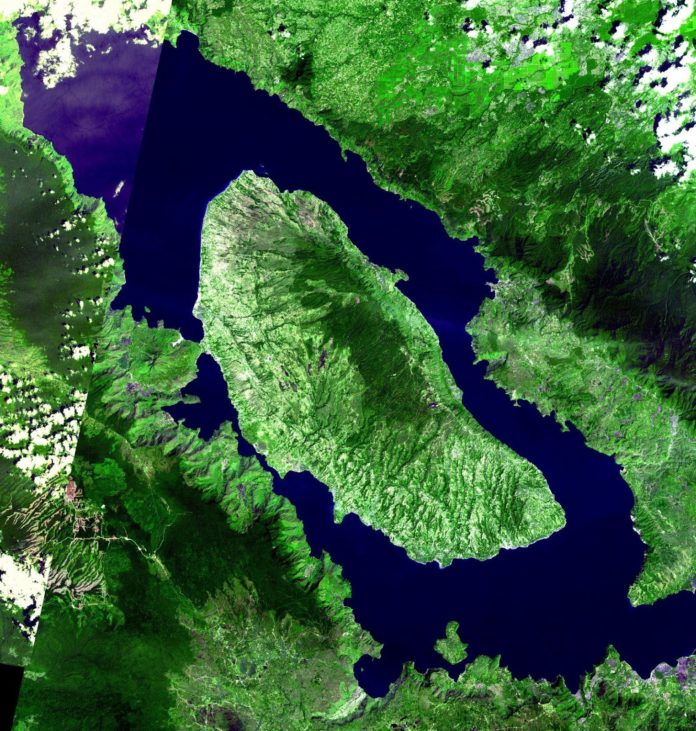Volcanoes and bolides, for example, asteroids, are geohazards sufficiently capable to be ruinous on a worldwide scale.
According to a recent survey, they hold the ability for returning mankind to a pre-human advancement state.
Scientists at the University of Bristol’s Schools of Earth Sciences and Mathematics showed how often the largest explosive eruptions happen. Their study suggests that the normal time between volcanic super-eruptions is just somewhat longer than the age of our human progress.
Jonathan Rougier, Professor of Statistical Science, super-eruptions occurred on average every 45 – 714 thousand years, comfortably longer than our civilization.”
“But in our paper just published, we re-estimate this range as 5.2 – 48 thousand years, with the best guess value of 17 thousand years.”
Many geological records suggest that the two most recent super-eruptions were occurred in between 20 and 30 thousand years ago.
Professor Rougier added: “On balance, we have been slightly lucky not to experience any super-eruptions since then.
“But it is important to appreciate that the absence of super-eruptions in the last 20 thousand years does not imply that one is overdue. Nature is not that regular.
“What we can say is that volcanoes are more threatening to our civilization than previously thought.”
Our human advancement will change in incomprehensible courses throughout the following thousand years. Although, there are numerous different routes in which it may endure a disastrous blow a long time before the following super-emission.
Based on it, there is little need to plan now for a super-eruption, especially with many other pressing issues to address, which will affect the current and the next generation of humans.
Be that as it may, huge ejections, which are considerably more incessant, can at present be obliterating for groups and even nations, and cautious arranging is a vital piece of calamity hazard diminishment.
Professor Rougier said, “As well as improving our understanding of global volcanism, our paper develops relatively simple techniques to analyze incomplete and error-prone geological and historical records of rare events.”
“These difficulties are ubiquitous in geohazards, and we expect our approach will be used for reappraising other types of hazard, such as earthquakes.”
